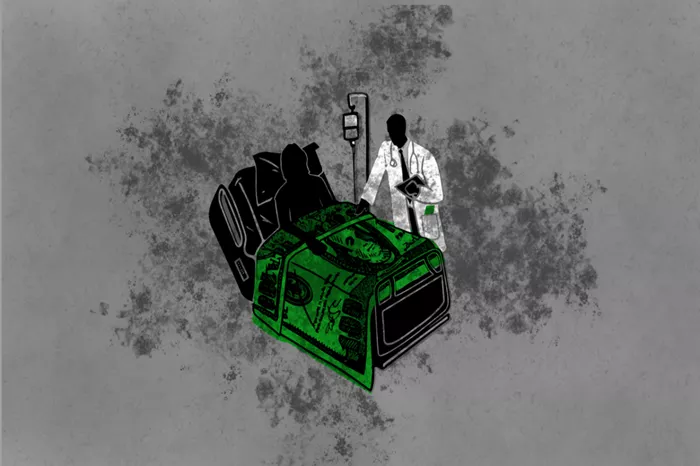The Ministry of Health (MOH) in Singapore is undertaking a comprehensive review of its health insurance frameworks in response to soaring healthcare expenses and the phenomenon known as the “buffet syndrome.” This term refers to the tendency for extensive insurance coverage to lead to unnecessary medical treatments.
During the Securities Investors Association (Singapore)’s 25th Anniversary Members’ Night on July 12, Health Minister Ong Ye Kung highlighted that recent financial reports indicate private insurers are struggling to maintain profitability within their health insurance portfolios due to rising claims.
MediShield Life, the nation’s universal health insurance program, is designed to cover the bulk of public hospital expenses, providing critical financial protection for Singaporeans. However, the rise of Integrated Shield Plans (IPs) and riders from private insurers has contributed to escalating healthcare costs and increased premiums.
Ong stressed the importance of finding a middle ground between sufficient coverage and cost containment. The review will consider raising claim limits for MediShield Life to align with growing hospital and outpatient expenses, while also aiming to mitigate premium increases.
He warned of a potential “vicious cycle” created by overly generous insurance policies, which can prompt excessive testing and treatments, ultimately driving up costs for everyone involved.
The government is also calling on private insurers to develop more sustainable policy options and enhance consumer education regarding insurance choices. Ong remarked on the necessity of informing consumers about the adequacy of MediShield Life as foundational coverage and when it might be appropriate to consider an Integrated Shield Plan or additional riders.
“We need to empower consumers to understand the various commercial products available, ensuring they make informed decisions aligned with their life stages,” Ong said. He cautioned that while the pursuit of complete peace of mind is essential, it often comes with hidden costs that consumers may not recognize.






















